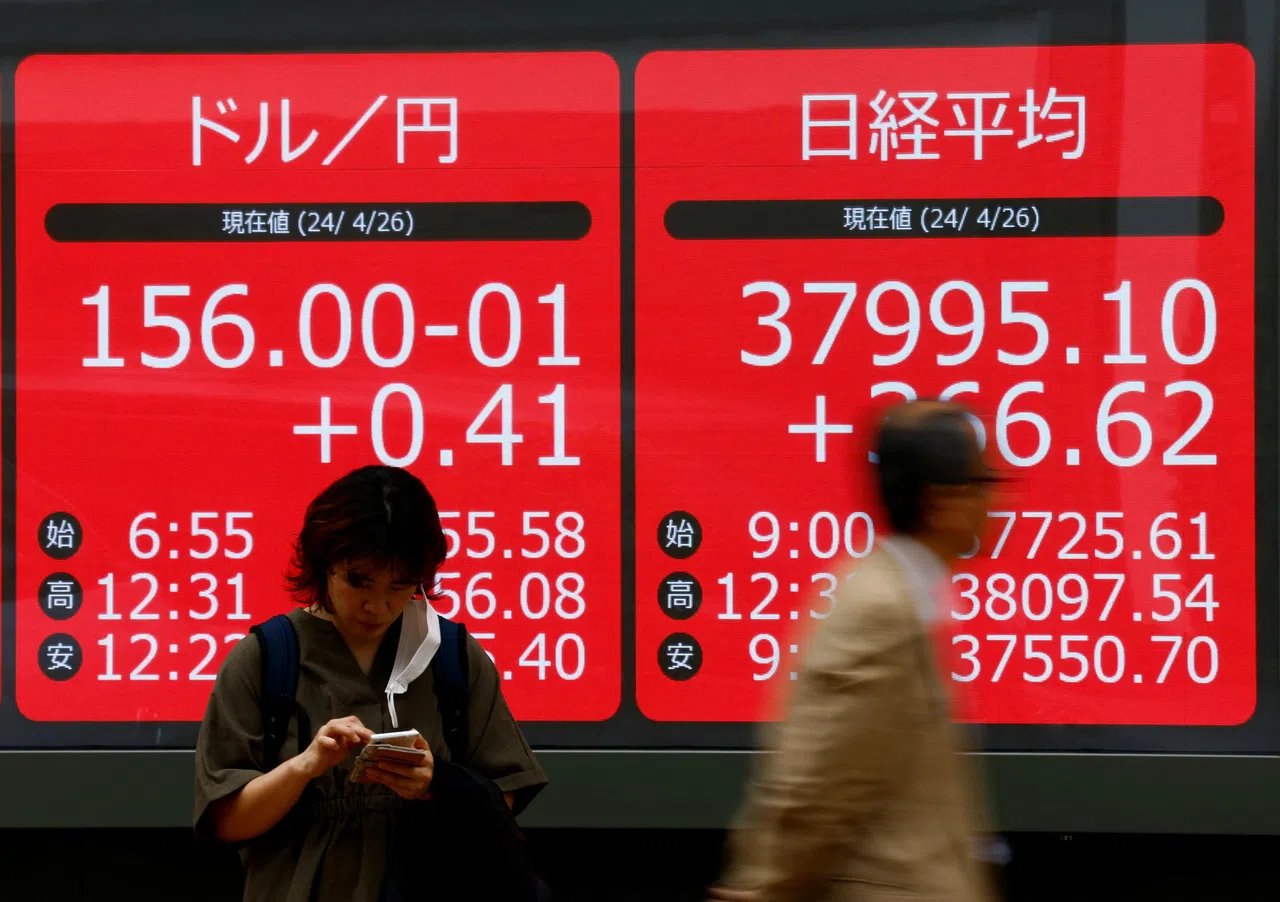BITCOIN touched a one-month low as outflows from digital-asset investment products and the prospect of higher-for-longer US borrowing costs sapped the cryptocurrency market.
The largest digital asset shed as much as 2.7 per cent on Tuesday (Jun 18), reaching a level last seen in mid-May, before paring the drop to trade at US$65,740 as at 1.20 pm in Singapore. Smaller tokens such as Ether, Solana and Dogecoin also sank.
Some US$600 million was pulled from digital-asset products last week, the most since March, data from CoinShares International show. Stubborn inflation has led traders to scale back expectations for Federal Reserve interest-rate cuts this year, posing a challenge for speculative investments such as crypto.
Stocks and bonds have delivered better returns than Bitcoin this quarter, a turnaround from the three months to March, when digital assets outperformed traditional markets by a significant degree.
“Crypto is becoming increasingly exposed to macro triggers,” said BTC Markets chief executive officer Caroline Bowler, while adding that she remains upbeat about the longer term outlook.
New listing stumbles
Signs of ebbing appetite were evident across the crypto market, including for new coins. The ZK token from a much touted project built atop the Ethereum blockchain tumbled by a third following its listing on Monday, the latest in a string of hotly anticipated launches that suffered sharp sell-offs.
BT in your inbox
Start and end each day with the latest news stories and analyses delivered straight to your inbox.
In South Korea, a local report suggested new regulations due next month could force exchanges to cut back the number of tokens available to investors. The nation is an engine of demand for smaller digital assets – so-called altcoins – and the report may have spooked some traders.
Bitcoin has quadrupled in price since the start of 2023 and scaled a record high of US$73,798 in March, helped by demand for dedicated US exchange-traded funds (ETFs). The rally has cooled of late alongside a moderation in ETF inflows. BLOOMBERG







